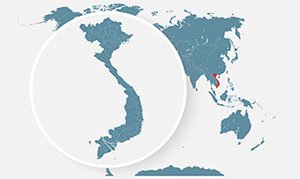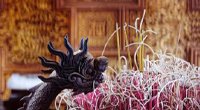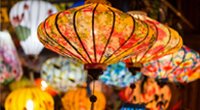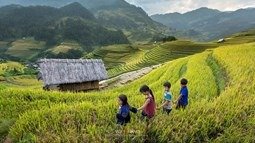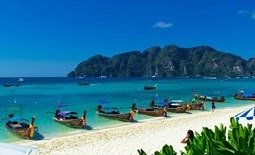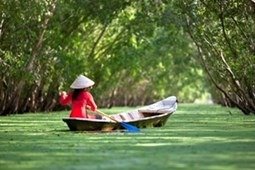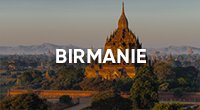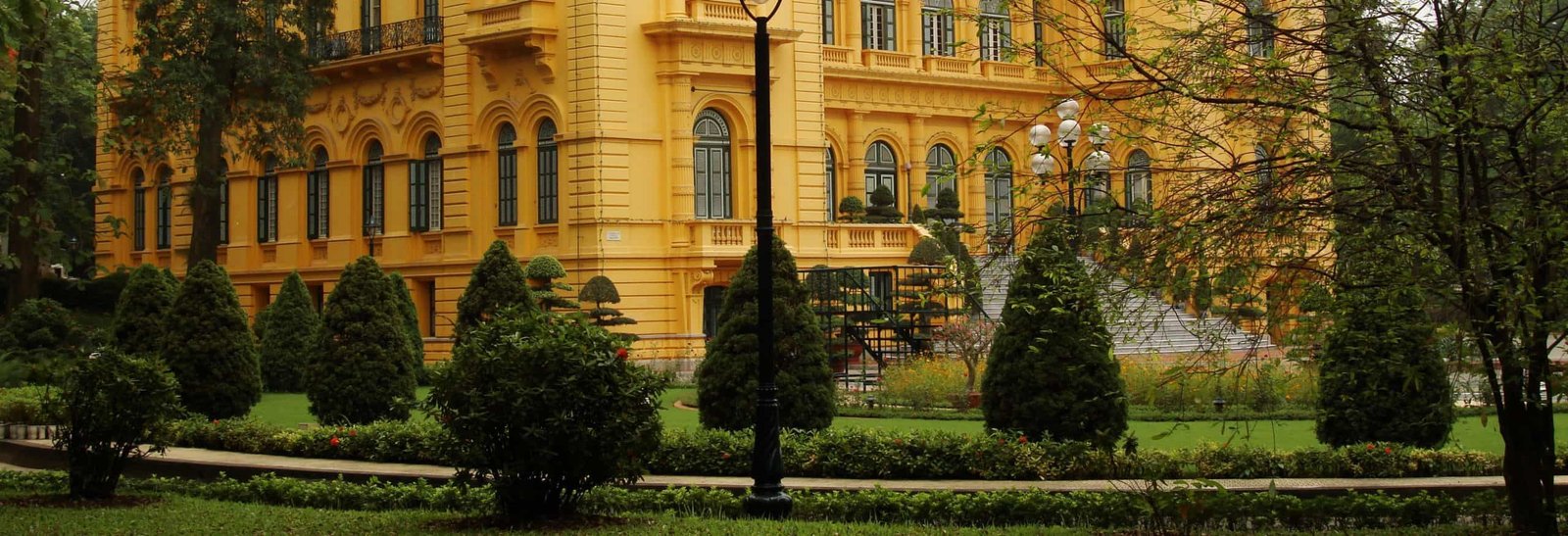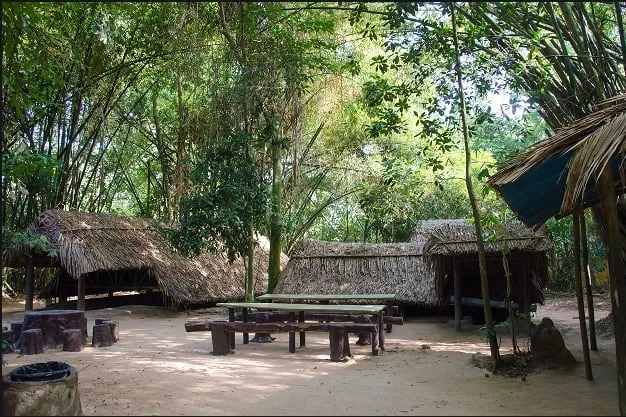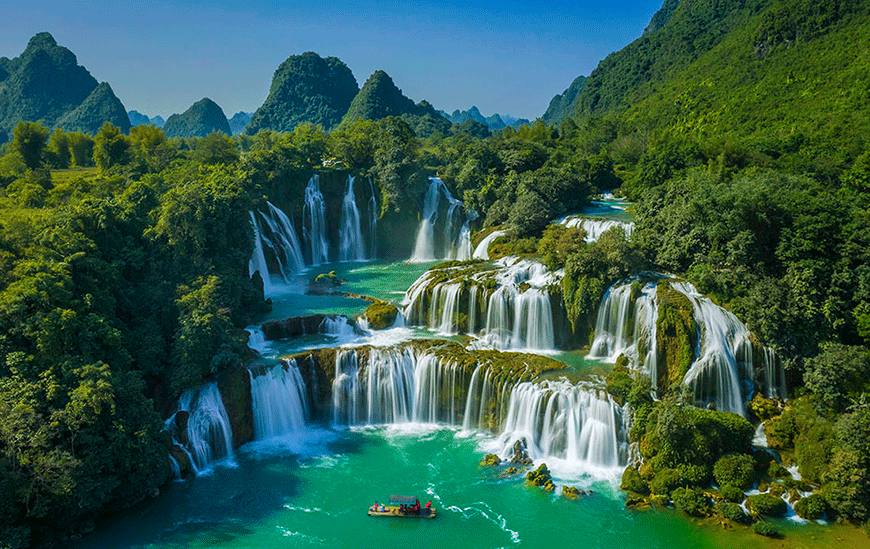- The Quốc Ngữ Alphabet (Latin Script with Diacritics)
From a cultural standpoint, the widespread adoption of the romanized Vietnamese writing system, called Quốc Ngữ, marks a turning point in modern Vietnamese history. Although Quốc Ngữ was created in the 17th century by Western Catholic missionaries—especially Jesuit Alexandre de Rhodes—it wasn’t until the French colonial era that its usage expanded, supported by both the colonial authorities and some Vietnamese intellectuals.
Its gradual adoption made education more accessible and significantly increased literacy rates. As such, the spread of Quốc Ngữ played a key role in modernizing educational tools and transforming Vietnamese society in contemporary times—illustrating one of the more complex but enduring dimensions of Franco-Vietnamese cultural exchange.
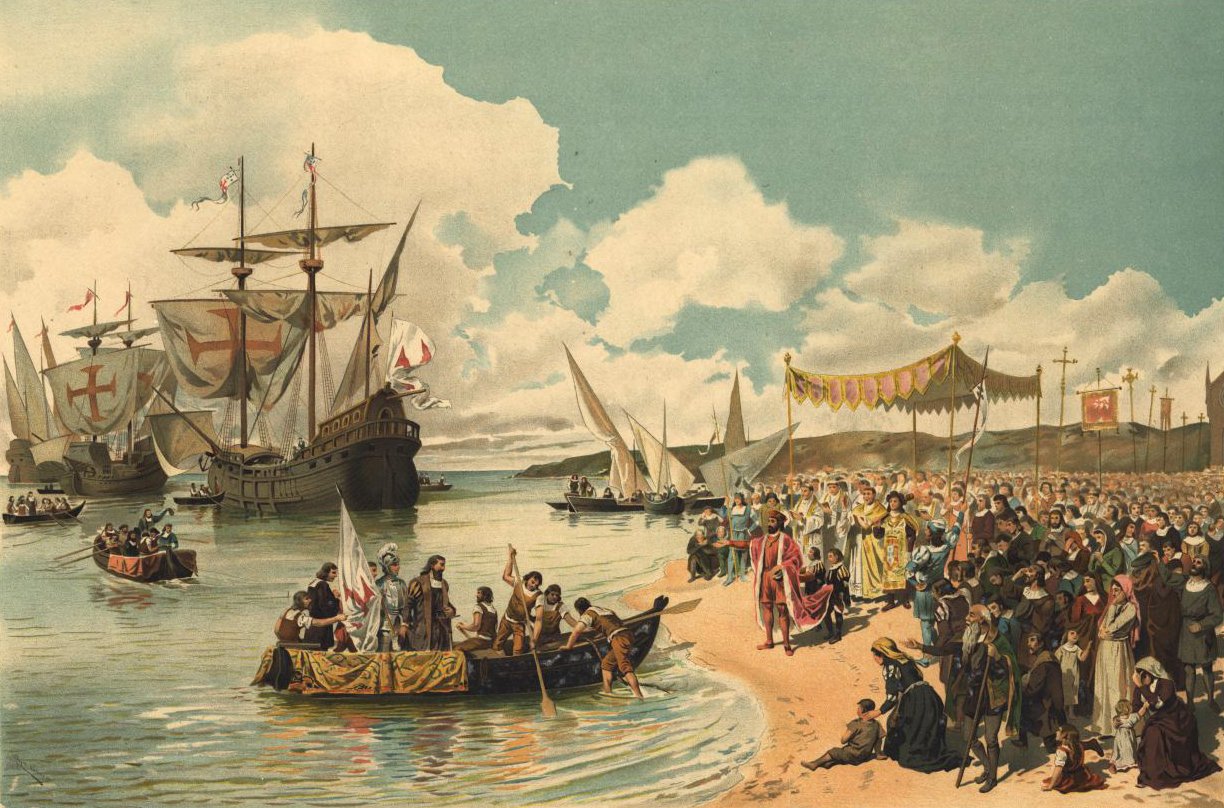
- French Influence on Education
During the French colonial period, Vietnam’s education system underwent a significant reform and became structured into three levels:
- Primary School
- Middle School (Collège)
- High School (Lycée), preparing students for the baccalauréat.
In 1906, the creation of the Directorate of Education of Indochina helped unify and structure the system. Latin-based Vietnamese was introduced into primary schools, replacing the complex Chinese character system. Curricula included modern sciences and practical knowledge aligned with Western standards.
📌 Notable schools founded during this time, still in operation today:
- Quốc Học High School (Huế)
- Chu Văn An High School (Hanoi, formerly Lycée du Protectorat)
- Marie Curie High School (Ho Chi Minh City)
- School of Asian Mechanics (now part of technical education in HCMC)
- Gia Định School of Fine Arts (now Ho Chi Minh City University of Fine Arts)
The University of Indochina (1923–1926), designed by architect Ernest Hébrard, later became the University of Hanoi and the Hanoi University of Medicine and Pharmacy.
French contributions were not limited to general education. They also developed arts education and technical training, helping to train a skilled workforce and enrich Vietnam’s cultural fabric.
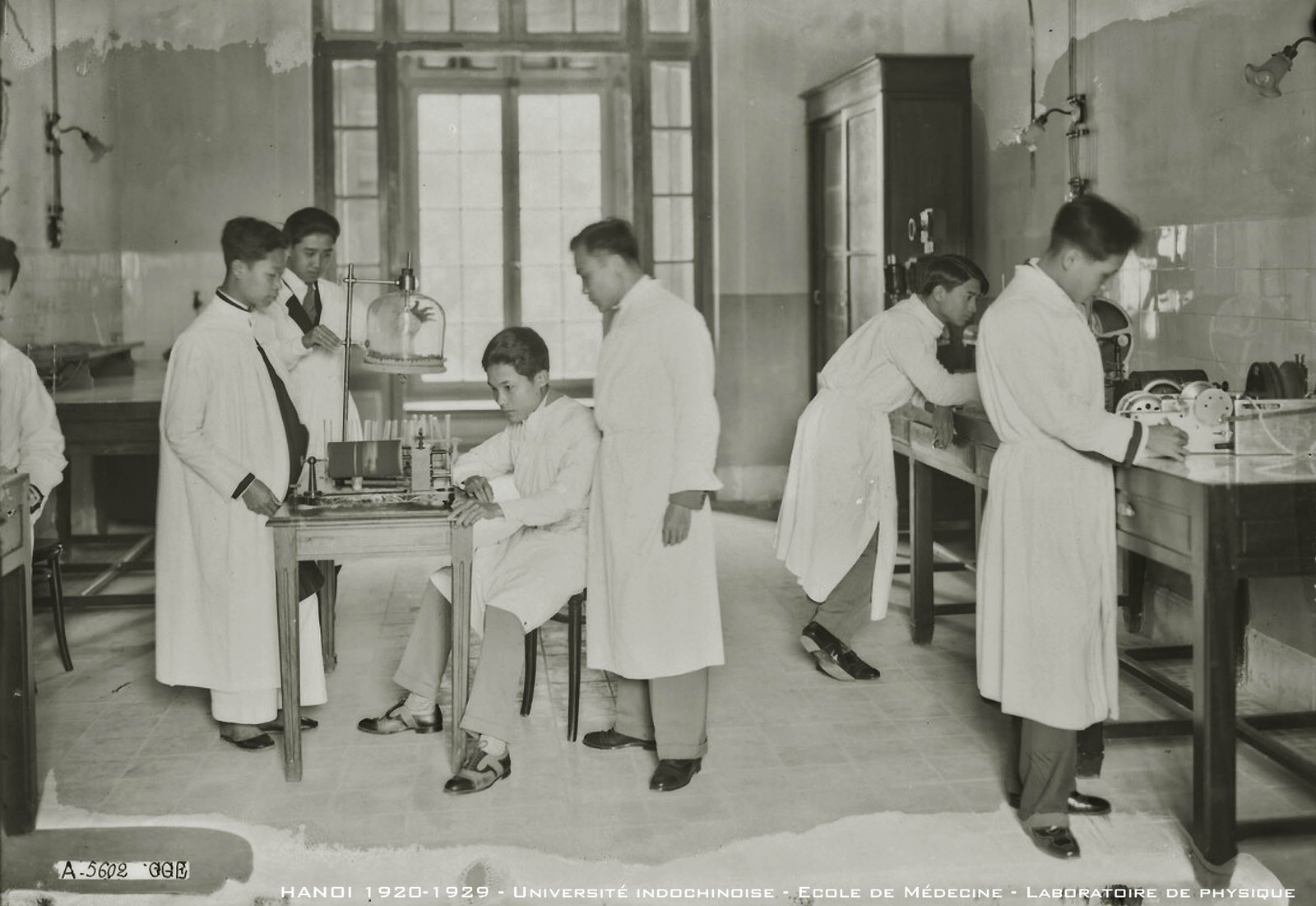
- Development of Medicine During the French Colonial Period
From the conquest of Cochinchina, the French established healthcare services for both the military and civilians, founding the first hospital in Saigon in 1861. Between 1893 and 1906, the hospital network expanded across the south. Western medicine reached Tonkin later, first serving the military, then civilians.
By the early 20th century, a modern public health system was taking shape, including management, training, treatment, prevention, and research. A mixed European-Vietnamese medical staff was formed, enabling broader access to modern medicine and laying the foundation for today’s healthcare system.
📌 Notable institutions that remain prominent today:
- Institute of Radium (1927, Charles Delpech) → now the Cancer Hospital
- René-Robin Hospital (1931, Charles Christian) → now Bạch Mai Hospital
- Indigenous Hospital (1904) → now Việt Đức Hospital
- Lanessan Hospital (1894) → now 108 Military Central Hospital
- Saint Paul Hospital (1896) → still operational in Hanoi
- Military Hospital → now Pediatric Hospital No. 2 in HCMC
- Pasteur Institute (1930, Gaston Roger) → now National Institute of Hygiene and Epidemiology
Dr. Alexandre Yersin, a Swiss-French doctor, played a key role. In 1894, he discovered the plague bacillus (Yersinia pestis), founded a lab in Nha Trang, and helped establish the Pasteur Institute in Saigon. A pioneer of preventive medicine, he introduced vaccines and trained local health professionals, becoming a symbol of humanitarian medical practice in Vietnam.
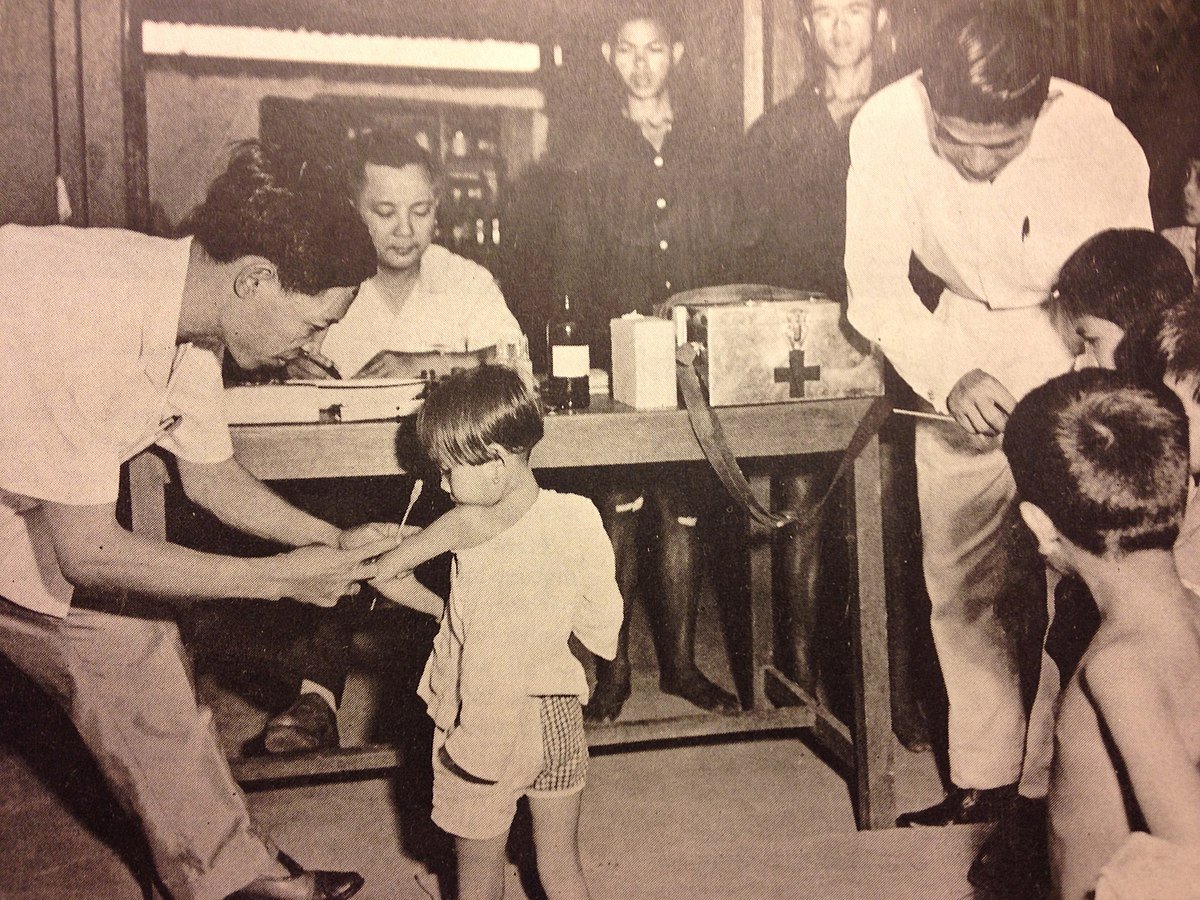
- From Colonial Hill Stations to Modern Tourism
Starting in the early 20th century, the French, eager to escape Vietnam’s tropical heat, established hill resorts:
- North: Sapa (terraced rice fields, ethnic minorities), Tam Đảo, Ba Vì
- Central: Bà Nà (now a resort and theme park), Bạch Mã (now a national park)
- South: Đà Lạt, discovered by Dr. Yersin, known for pine forests and temperate climate
These former colonial retreats still serve as peaceful, refreshing travel destinations.
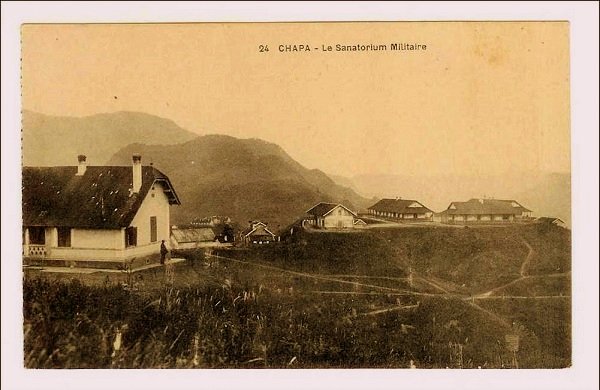
- French Architectural Legacy in Vietnam
To accommodate administrative needs, the French initiated large-scale construction in Vietnam, resulting in unique architectural works and the development of the construction industry. The fusion of French and local influences created a distinctive Indochinese architectural style.
📍 Hanoi – A Hub of French Colonial Architecture
- Hanoi Opera House (1911) – Modeled after the Paris Opera
- Long Biên Bridge (1898–1902) – Formerly Paul Doumer Bridge
- St. Joseph’s Cathedral (1886) – Neo-Gothic, built with imported bricks
- Governor’s Palace (1902) – Now the Presidential Palace
- Ministry of Foreign Affairs (1928) – “100-roof” building by Hébrard
- Central Railway Station (1902) – Once the largest in Southeast Asia
📍 Ho Chi Minh City (Saigon)
- Central Post Office – Classic colonial architecture
- Saigon Opera House (1900) – Decorative façade, Third Republic style
- Notre-Dame Cathedral (1880) – Roman-Gothic blend, Toulouse bricks
- City Hall (1898–1909) – Inspired by northern French town halls
- Bến Thành Market (1914) – Iconic trade hub
- Museum of Fine Arts (1929) – Former colonial mansion
📍 Đà Lạt – A European-style Mountain Town
- Đà Lạt Railway Station – Art Deco
- Yersin High School
- Đà Lạt Cathedral – Pink stone, Grenoble stained glass
- Pasteur Institute – Colonial medical center
📍 Huế – Imperial Citadel and French Touches
- Citadel fortifications were remodeled in the Vauban style.
- Timeless Heritage in Hospitality
French colonial influence remains in Vietnam’s hospitality industry. Several hotels from that era still welcome guests today:
📌 Hanoi:
- Sofitel Legend Metropole (1901): A historic landmark known for hosting artists, writers, and dignitaries.
📌 Huế:
- Azerai La Résidence: Former residence of the French Commissioner.
- Hotel Morin: Once hosted the royal government and protectorate authorities.
📌 Ho Chi Minh City:
- Continental Hotel Saigon (1880): A cultural institution of colonial and post-colonial eras
- Majestic Hotel (1925): Art Deco icon on the Saigon River
- Grand Hotel (1930): Colonial elegance on Đồng Khởi Boulevard
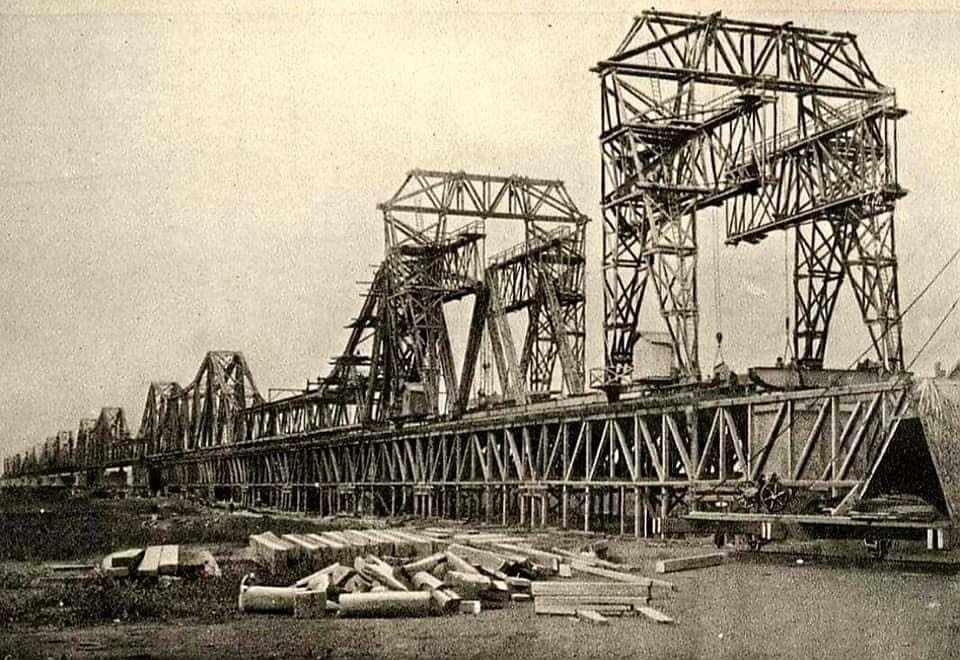
- French Rail Infrastructure in Vietnam
Vietnam’s railway system was initiated by the French with the North–South line (Hanoi–Saigon) in 1899, completed in 1936. At 1,726 km, it remains the backbone of the national railway.
Other colonial-era lines still operate today, such as the one to Sapa. The Đà Lạt cogwheel line, once used to access the Central Highlands, is now defunct but being considered for revival. Its original locomotive now runs in Switzerland.
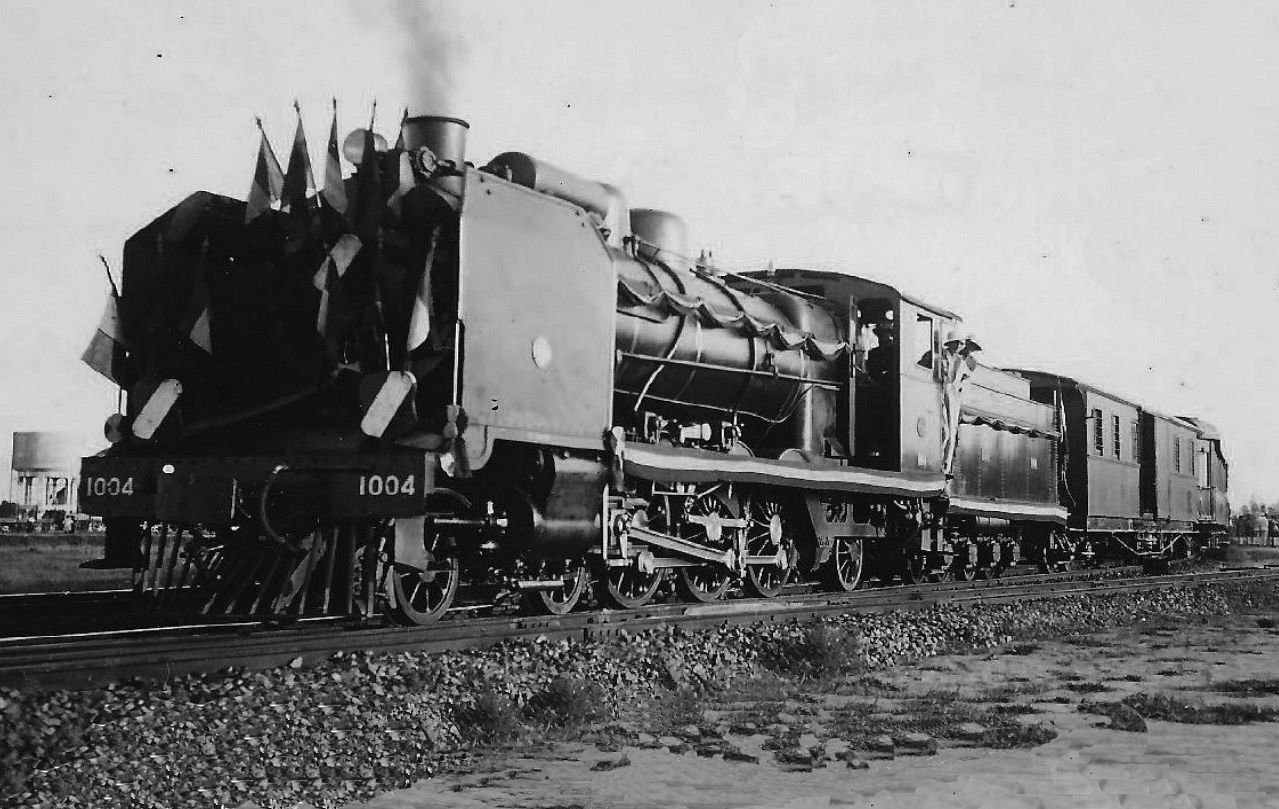
- Museums and Cultural Preservation
In the early 20th century, French culture began to blend with Vietnamese traditions. Unlike other colonial powers, the French did not dismantle traditional Vietnamese heritage. Pagodas, temples, and historic sites were preserved, and many traditional festivals were even encouraged.
The French passion for collecting, studying, and preserving culture led to the creation of many museums, which still operate today.
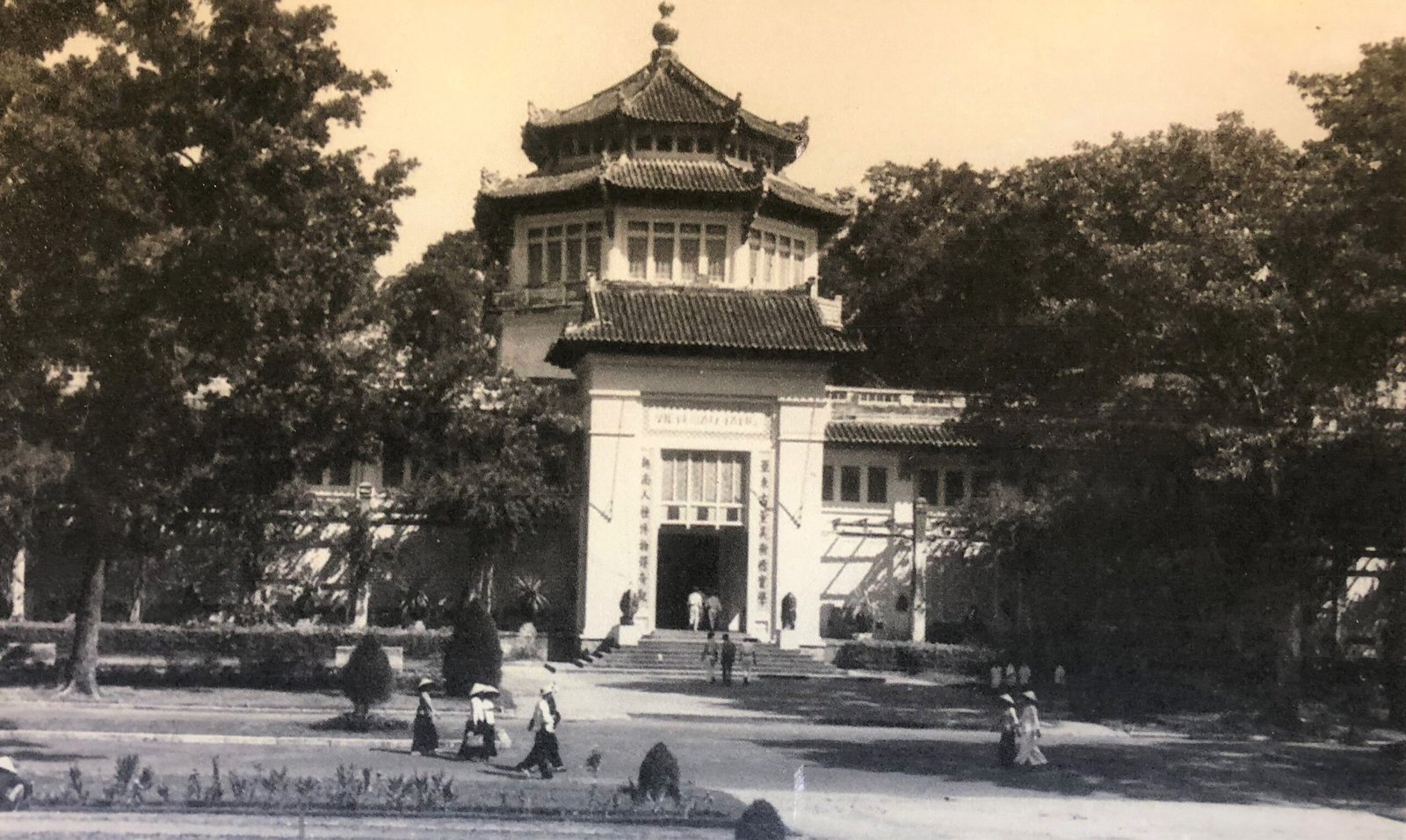
📌 Key institutions:
- Vietnam Museum of Fine Arts (Hanoi)
- Museum of Fine Arts (Ho Chi Minh City)
- Champa Museum (Đà Nẵng) – Dedicated to Cham culture
- Vietnam National Museum of History (Hanoi) – Formerly the French School of the Far East (EFEO)
9.French Culinary Traces in Vietnamese Cuisine
French cuisine profoundly influenced Vietnamese gastronomy:
- Bread: Baguettes and pain de mie inspired the iconic bánh mì.
- Pastries: Croissants, éclairs, and pâtés became common, often with a local twist.
- Fusion Dishes: Bò bít tết (Vietnamese beefsteak), phở bò with French culinary undertones.
- Coffee: Introduced by the French, Vietnam’s filtered coffee style is now world-famous. The French also introduced rubber and cocoa plantations, still vital today.
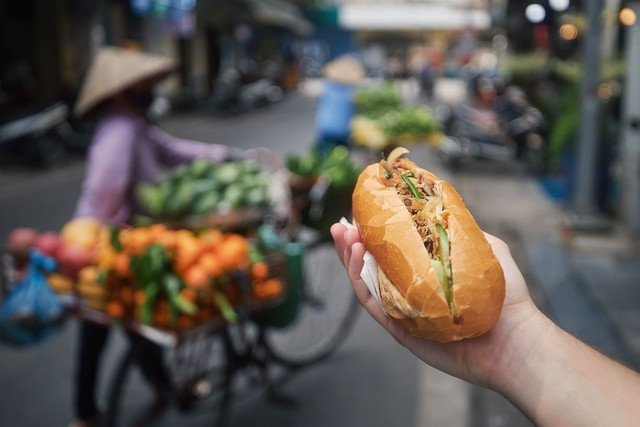
10.French Influence on Religion
Catholicism had existed in Vietnam since the 16th century, but it flourished during the French colonial period. Churches, schools, and religious institutions were built, embedding Catholicism into the social fabric.
Key churches:
- Notre-Dame Cathedral (Saigon)
- St. Joseph’s Cathedral (Hanoi)
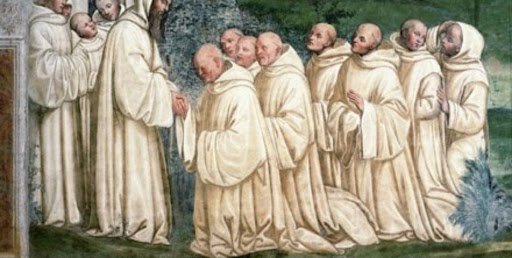
- The Origins of Modern Mining in Vietnam
In the late 19th century, France sought to replace coal lost in Alsace-Lorraine by developing Vietnamese mines. Expeditions began in 1872, with rich coal discovered in Hòn Gai. By 1883, the French occupied the area, launching large-scale exploitation lasting over 70 years.
Though exploitative in nature, the colonial mining operations introduced Western technology and infrastructure, forming the foundation of Vietnam’s modern mining industry.
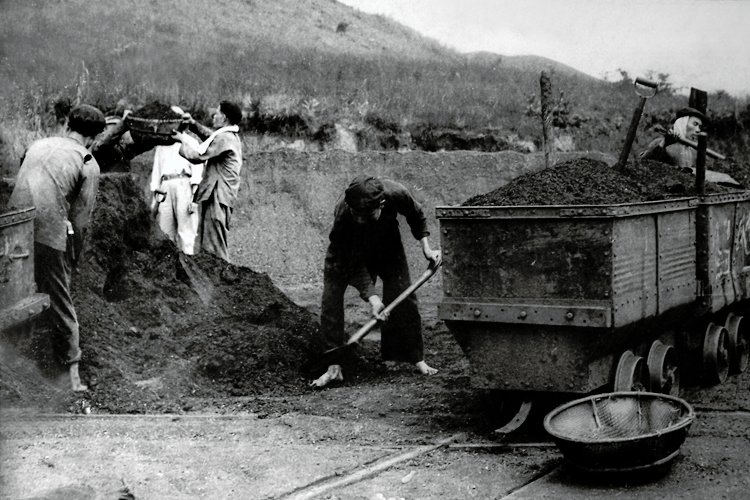
Recommended Reading
Initially, I saw French colonization solely as exploitation. But through books and personal research, I realized it’s a more nuanced period. Paul Doumer’s Memoirs didn’t change my opinion of colonialism, but made me think differently. Vietnamese society, still feudal and insular, might have remained unchanged without outside influence.
This is not praise or approval—but a detached look at the period reveals positive elements worth recognizing. Recommended readings:
- Memoirs by Paul Doumer
- Colonial Indochina by Pierre Brocheux & Daniel Hémery
- Discourse on Colonialism by Aimé Césaire
- A Global History of Colonization by Marc Ferro
Final Thoughts
The cultural exchange between France and Vietnam is rich and complex. As historian Dương Trung Quốc reminds us, it’s important to approach this history with objectivity, acknowledging the positive legacies that Vietnam has adapted to enrich its own culture.
French influences—from architecture and education to cuisine and medicine—are not just remnants of the past. They are part of a continuous cultural dialogue that still shapes Vietnam’s identity today.

